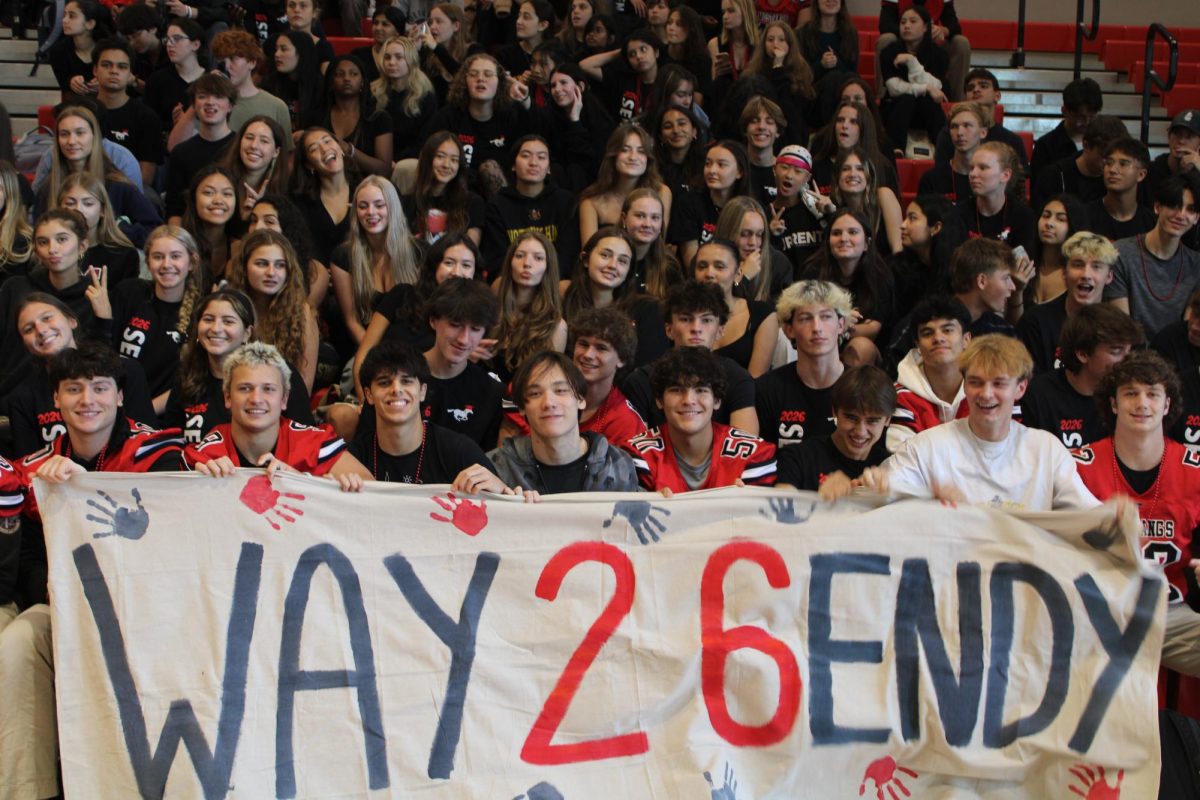Many students and teachers noticed that some classes were very large this year. While on average,

class sizes were reasonable, often the difference in size between two blocks of the same course were rather large and is a result of the diversity of course offerings at Mason.
For example, English teacher Ms. Webster has around 20 students in all but one class. One of her Honors 9 English classes has a whopping 29 students. Of course, in larger classes, the time that each student has to speak is more limited.
When asked what sorts of problems arose, Ms. Webster responded: “Finding space in the room for all the desks.” The problems of large classes are especially evident in discussion-intensive classes like Theory of Knowledge.
“One difficulty is that Theory of Knowledge was designed to be a seminar, and having class discussions becomes difficult,” said Mr. Scharff who has 26 students in one of his Theory of Knowledge classes. Despite having a class of this size, his other sections are much smaller and range from 11 to 17 students.
One reason why the distribution of students in the sections is unequal is the sheer number of courses that students can pick from.
The problem is that some classes, such as International Relations, are only offered during a single block. Thus, all of the students in that class have to be distributed among other blocks for core courses like English. The great number of courses that George Mason High School offers creates this problem of concentrating students in one class.
“I don’t think students appreciate that that’s what’s causing the problem,” said Mr. Scharff. Students are unaware that adding a course offering can exacerbate the problem.
Despite these constraints, the administration has done its best to organize students more evenly. While some large class sizes such as the IB Mathematics HL class with 30 students are still large, the administration attempted to alleviate the load in some blocks by shifting schedules.
One example of switching schedules is in Mrs. Pollack’s class. The Geophysics and Environmental Science teacher had one class of 29 students at the beginning of the year. The size of the class was reduced to 24 through a mix of switching students into different blocks and some students switching to dual enrollment.
The same solution was applied to English 12 classes. Another block was created, taught by Ms. Reader, a week into the school year. Students were pulled from other classes and put into the newly created class to help even out the class sizes.
“Honestly, I didn’t really mind having to switch classes,” said senior Matheus Pires, “If the teacher will be able to give more attention to each student, I think it will be beneficial to everybody.”








